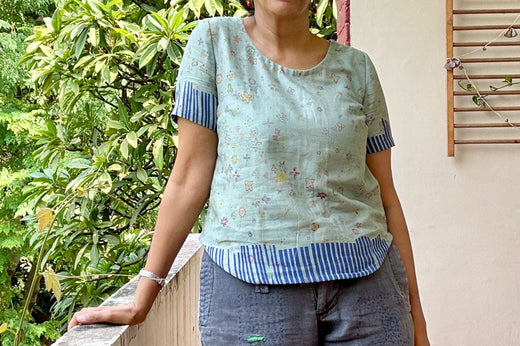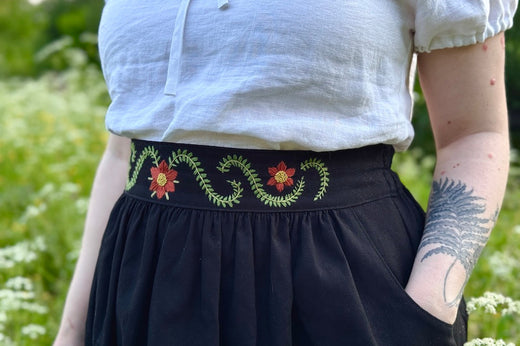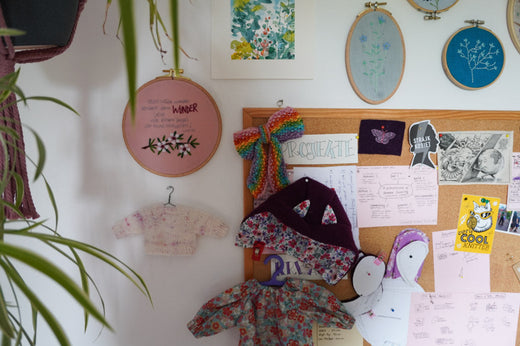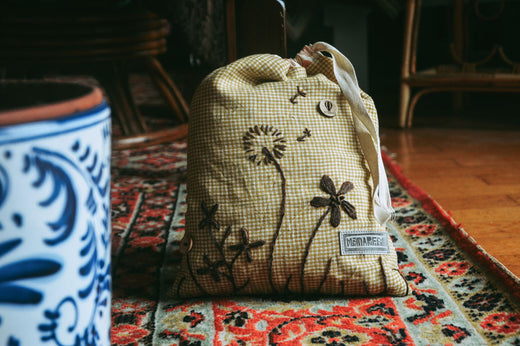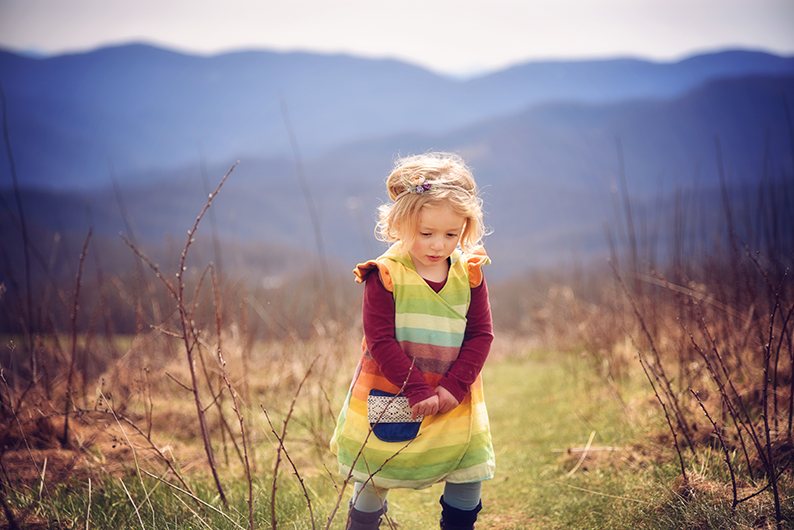We are so pleased to welcome Storyteller Susan Hill to the Twig + Tale blog. Susan, an Indigenous sewist, has generously agreed to share a story about her traditional cultural values and hunting practices. It is a celebration of her 3-year old son's first successful rabbit catch on the trap line, honouring traditions, and a very special hat sewn to commemorate his catch.
This article contains images of Indigenous harvesting practices, including trapping, skinning and processing rabbit meat and hide, tanning, and sewing with fur. We are honoured to present this respectful, land-based local textile story.

My name is Susan Hill and I am an Indigenous sewist. My mother is Mi’kmaq and my father is Haudenosaunee (Iroquois). Both of these cultures value tradition in the highest regards. We have traditional dances, clothing, stories, songs, ceremonies and general traditional practices, all of which have been handed down to us for generations.
One of these traditional practices is hunting/gathering. We live in a rather rural area and finding fresh meat and produce at our local grocery store can be a difficult and expensive task. This is one of the reasons why we still practice the tradition of hunting and gathering, to provide for ourselves and our community.
Now the practice of traditional hunting/gathering doesn’t mean we use traditional tools and traps. It means that we bring our cultural values and teachings with us when we take part. There are two main things to remember when practicing the tradition of hunting/gathering in our culture: the first being that anytime you take something from the earth, you have to give something back. The second being that very little, if anything, should go to waste. We learn these lessons at a very young age and last year, at the ripe old age of 3, we started to teach this to our own child.
First catch
Last year, our 3 year old son went with his father and grandfather to set his first trap line. We explain why we do what we do, what happens to the catch and how we can best honour that catch before teaching him the physical aspects. He laid his trap line and sure enough in 24hrs he had his first successful rabbit catch. He was so excited he couldn’t wait to show me.

In accordance with our traditional values and beliefs we used his catch for all it was worth. We brought some of his first catch to share with our local elders who can no longer catch for themselves. In our culture elders come first and foremost. We then made meals for ourselves and anything that was not used for us was used to treat our dog.

Tanning the hide
I am sure by now you are wondering “what does any of this have to do with sewing”? Well as I had mentioned, very little of our catch goes to waste, so prior to enjoying our meal we had removed and saved the animal’s hide. Animal hides and furs have been used in traditional regalia and clothing for ages, however there are very few hide tanners left in our area so I decided to learn this practice myself, in an attempt to further preserve our culture and traditions.
Seeing as my son was so proud of his first catch and had done such a wonderful job of honouring our traditional values, I thought it was only right that I use my first tanning project to treat him with a gift.

I started by seeking some guidance from my mother, a Mi’kmaq elder. Although she had not taken part in hide tanning for quite some time she still had a lot of knowledge to pass on, and even more knowledge on how to work with the hides once they were ready.
Feeling confident I decided to just dive in and go for it. With the help of my husband, who is also Mi’kmaq from his Dad’s side, we successfully cleaned and prepared 3 rabbit hides.


Once they were ready my husband’s father helped us to smoke the hides, a process which helps them become more weather resistant.

A special gift
Now came the most difficult task, deciding what to make with our freshly tanned hides.
Without a doubt I knew I wanted to make something Twig + Tale with them. These are some of my favourite woven patterns and I use them often for both hunting wear and cultural regalia so it seemed fitting to use them for this special project as well.
After some careful thought I decided on the Aviator Hat. It was small enough to use these small hides with and practical enough that my son could use it for his future hunting seasons, as we live in an area that sees a lot of cold and damp weather for most of the year. It was the perfect pairing, this pattern and our hides.



When I finally presented my son with this gift - this gift that took months from his first catch to the presentation - he was over the moon. The smile on his face was every bit as big as the day he made that first catch.
I know he will cherish it for years to come and I can only hope that he will pass this and all the traditions it holds onto his children.


Susan Hill is an indigenous (Mi'kmaq and Haudenosaunee) sewist and artist who lives in Canada with her husband and two children. See more of Susan's work here.
There is lots more great Storyteller content on the T+T blog! Click here to view all of the Storyteller articles.

